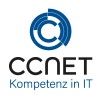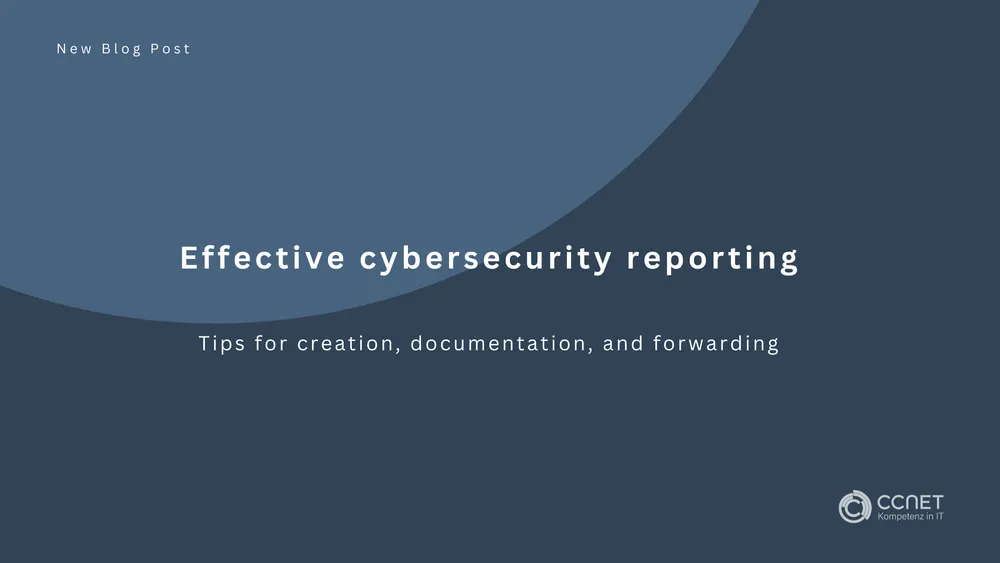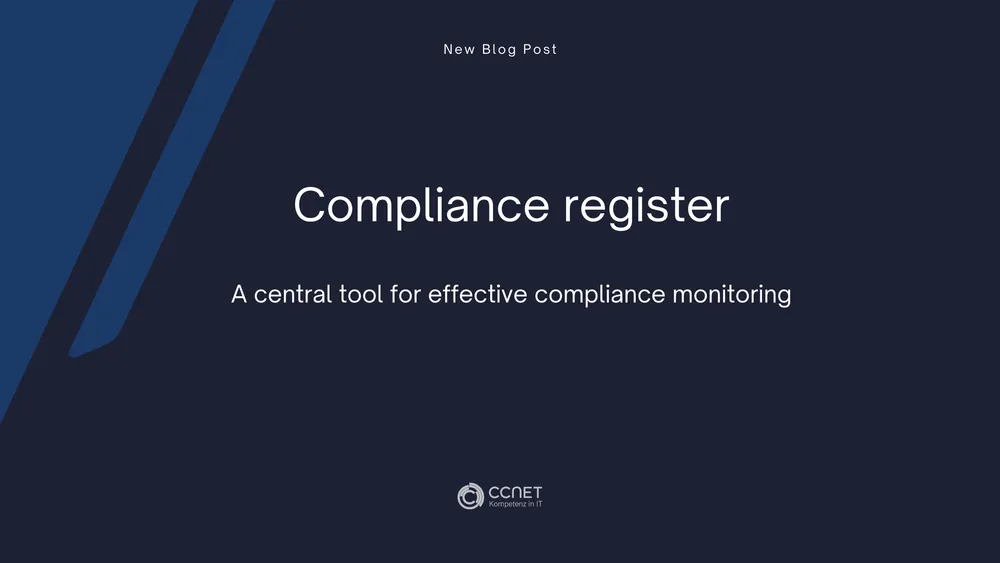
CCNet
Nov 21, 2023 • 1 min read

Impact of the NIS2 Directive: A Guide for Businesses
The NIS2 Directive sets new standards for network and information security within the EU. Understanding the impact of this policy on their operations is critcal for Buisnesses. This article provides practical steps business leaders can take to figure this out.
Further information can be found here: IT-Consultation
Step 1: Self-assessment
Companies should initate a self-assessment, focusing on industry and company size as per the NIS2 guidelines. You should consider the NIS2 guidelines criteria related to industry and company size. Companies with a significant market share in certain sectors in particular should take this assessment seriously.
Step 2: Understand NIS2 policy criteria
Under the NIS2 Directive, facilities are differentiated as either ‘particularly important’ or ‘important’, based on factors like company size, employee numbers, annual sales, and total assets.”
Step 3: Identify relevant industry
Recognizing that the NIS2 Directive encompasses a variety of secors, including energy, transport, finance , and more, is crucial. These include, among others, the energy sector, the transport sector, finance, healthcare, water supply, digital infrastructure, public administration and the space industry.
Step 4: Wait for official classification
Although self-assessment from sa solid foundation, the final classification is determined by national supervisory authorities based on the NIS2 Directive’s specific criteria.
While the self-assessment provides a good basis, the official classification ultimately rests with the national supervisory authorities. These authorities decide whether a company is affected based on the specific criteria of the NIS2 Directive.
Conclusion
For many Businesses, compliance with the NIS2 Directive is not just mandatory but also a means to frutify European infrastructure security and boost trust in digital services. Managing directors should actively take the steps mentioned above to assess whether their company is affected and act accordingly.


